MagnetostrictiveLevelGaugeTroubleshootingCommonIssues
Understanding Magnetostrictive Level Gauges
Magnetostrictive level gauges represent precision instruments that utilize the magnetostrictive principle to deliver highly accurate level measurements in various industrial applications. These sophisticated devices function by generating a current pulse along a wire inside the probe, which interacts with magnetic fields from float-mounted permanent magnets. The resulting torsional wave enables precise position detection of multiple floats, making them ideal for interface level measurement and superior to traditional mechanical floats. Their robust construction and reliable performance have made them essential in industries ranging from chemical processing to oil and gas, though like any precision instrument, they require proper understanding for effective troubleshooting when issues arise.
Identifying Common Magnetostrictive Level Gauge Problems
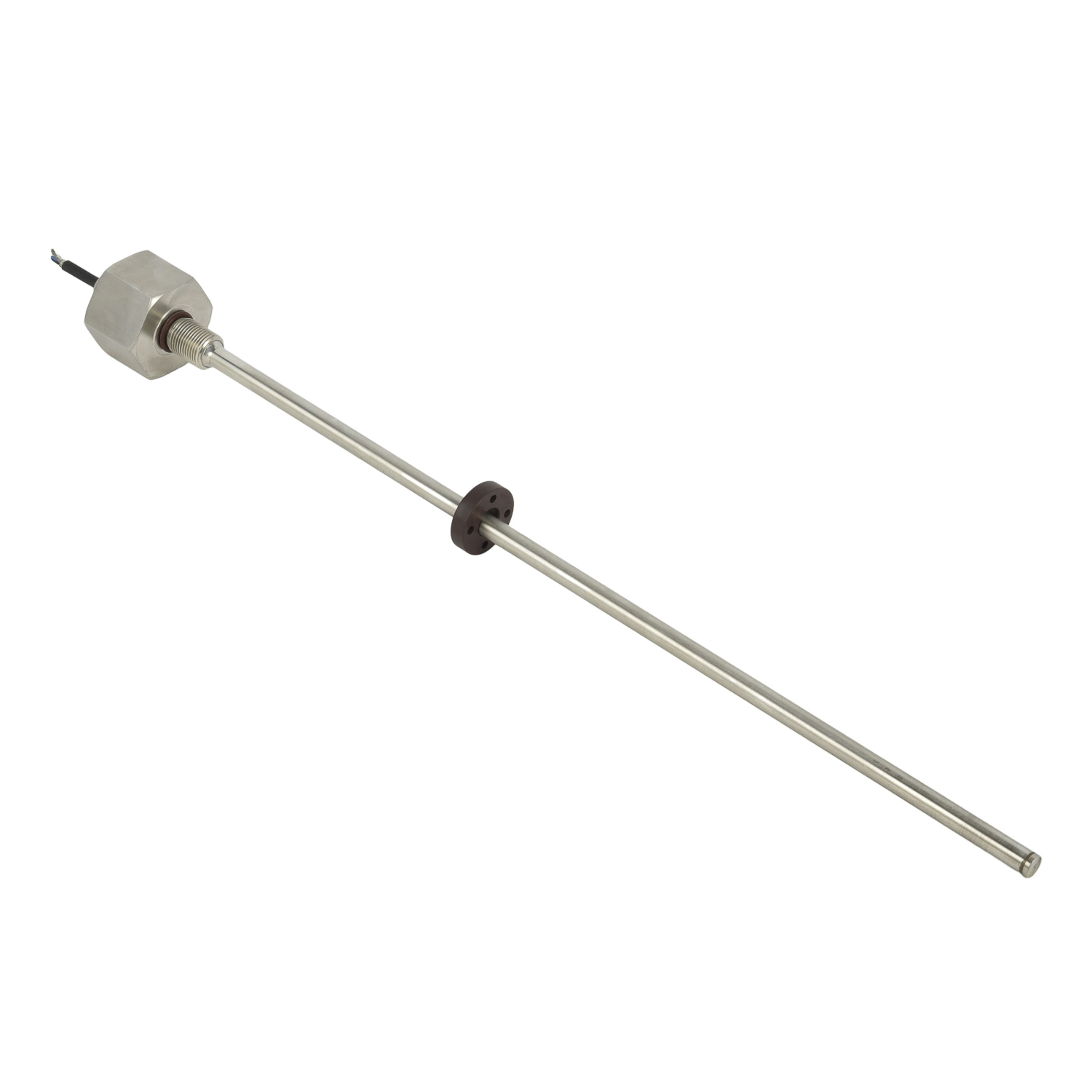
When your magnetostrictive level gauge begins malfunctioning, several common symptoms typically emerge that signal underlying issues. Erratic or fluctuating readings often indicate problems with the float movement or electrical interference, while complete signal loss might point to wiring faults or power supply failures. Zero drift occurrences, where the gauge displays incorrect baseline measurements, frequently stem from mechanical obstructions or electronic calibration errors. Other prevalent issues include stuck floats that prevent accurate level tracking, temperature-related inaccuracies in extreme environments, and output signals that fail to correspond with actual tank levels. Recognizing these common failure modes represents the crucial first step in effective magnetostrictive level gauge troubleshooting procedures.
Diagnosing Electrical and Signal Issues
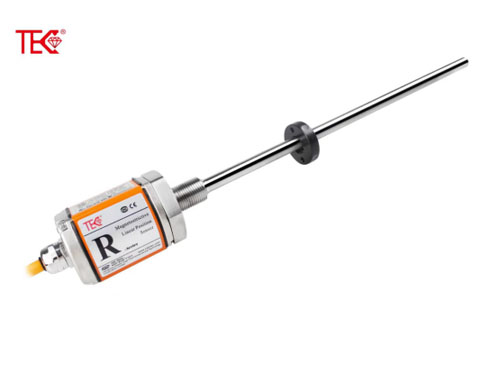
Electrical problems constitute some of the most frequent challenges in magnetostrictive level gauge troubleshooting. Begin your diagnostic process by verifying power supply integrity, ensuring voltage levels fall within the manufacturer's specified range, typically 12-24V DC for most industrial models. Check cable connections for corrosion, loose terminals, or damaged insulation that could disrupt signal transmission. Use a multimeter to test loop resistance and confirm proper current output (4-20mA) corresponds with actual level conditions. Signal noise or interference often results from improper grounding or proximity to high-voltage equipment, necessitating shield integrity checks and grounding verification. For advanced diagnostics, connect to the gauge's communication interface to monitor raw sensor data and identify electronic component failures that might require transducer replacement.
Addressing Mechanical Float Problems
Float-related malfunctions represent another common category in magnetostrictive level gauge troubleshooting that directly impacts measurement accuracy. Stuck floats typically result from product buildup, mechanical damage, or viscosity changes in the process fluid. In applications involving viscous materials or substances prone to crystallization, regular cleaning schedules prevent material accumulation that impedes float movement. Verify float integrity by checking for dents, deformities, or magnetic strength degradation that compromise performance. For interface level applications, ensure proper density selection between upper and lower floats to maintain correct separation. Mechanical inspection should include guide tube alignment verification and internal probe examination for obstructions that restrict float travel along the entire measurement range.
Solving Calibration and Accuracy Issues
Calibration drift and measurement inaccuracies demand systematic approaches in magnetostrictive level gauge troubleshooting. Begin by verifying the gauge's calibration parameters against known reference points, typically empty and full tank conditions. Temperature compensation errors frequently cause accuracy problems, particularly in applications with significant thermal variations where the probe's temperature sensor may require recalibration. Electronic linearization errors can develop over time, necessitating signal characterization checks across the entire measurement range. When recalibrating, use precision reference instruments and follow manufacturer-specific procedures to reset lower and upper range values. For persistent accuracy issues, examine the wave guide integrity and damping settings that might require adjustment to filter process noise while maintaining measurement responsiveness.
Implementing Preventive Maintenance Strategies
Proactive maintenance significantly reduces magnetostrictive level gauge troubleshooting frequency and extends operational lifespan. Establish regular inspection schedules that include visual checks for physical damage, verification of electrical connection integrity, and functional testing under controlled conditions. Develop cleaning protocols appropriate for your specific application, particularly for processes involving coating materials or viscous products that accumulate on probes and floats. Maintain calibration records to track performance trends and identify developing issues before they cause operational disruptions. Environmental protection measures, including weatherproof enclosures for outdoor installations and surge protection for electrical systems, prevent external factor-induced failures. Staff training on proper operation parameters and early problem recognition completes a comprehensive preventive maintenance program that minimizes unexpected gauge failures.
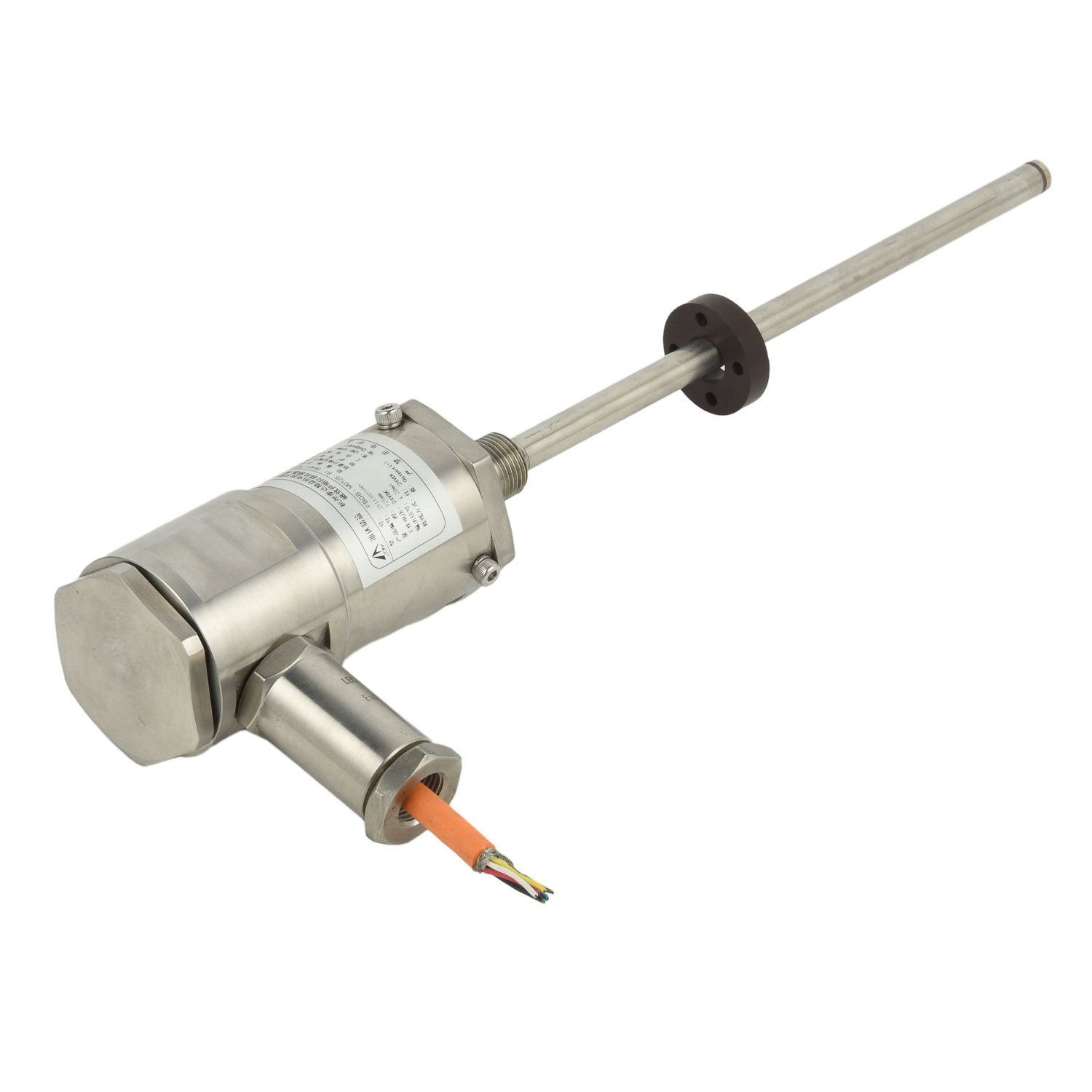 UpgradingYourLevelMeasurementS
UpgradingYourLevelMeasurementS
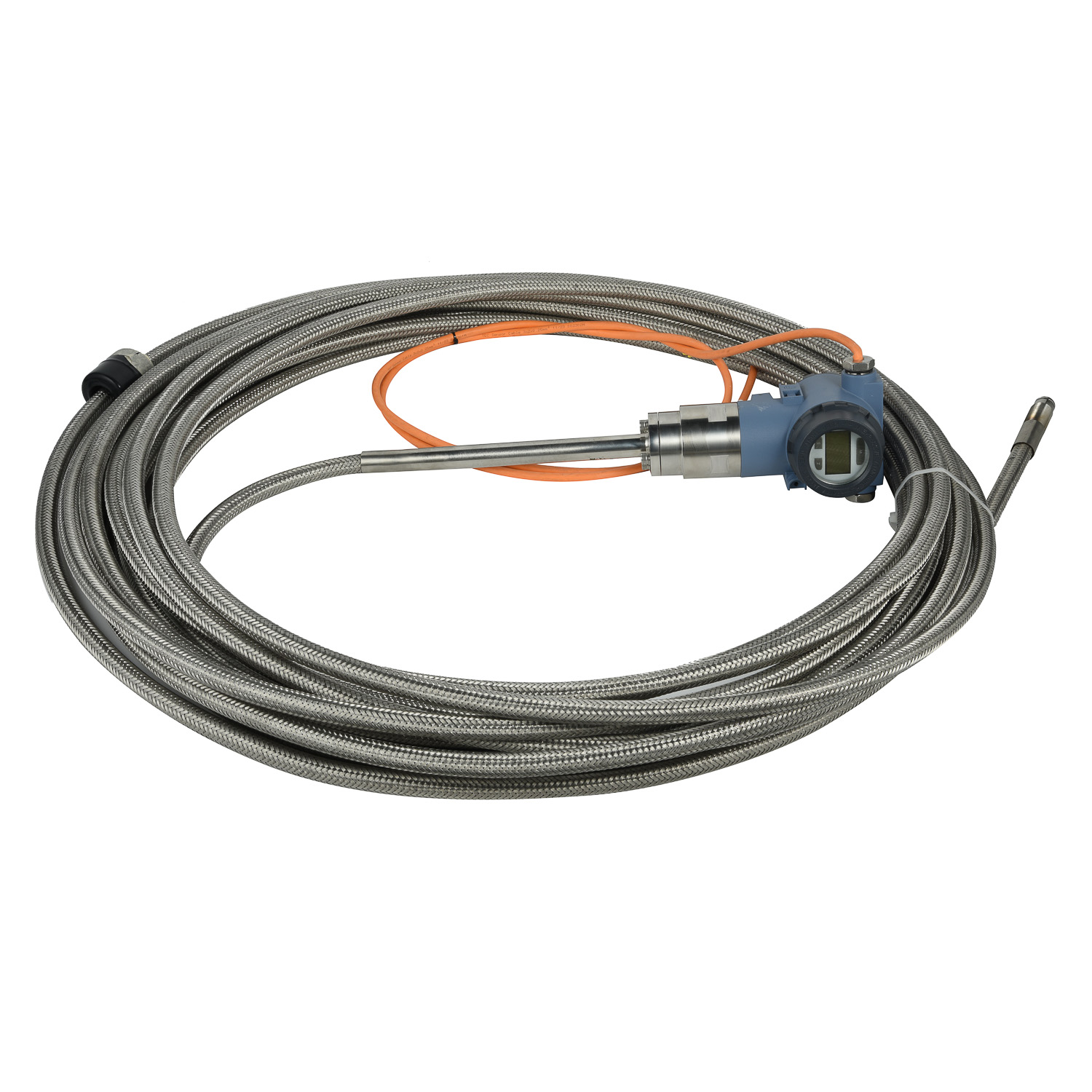 Why are magnetostrictive level
Why are magnetostrictive level
 ComparingMagnetostrictiveandRa
ComparingMagnetostrictiveandRa
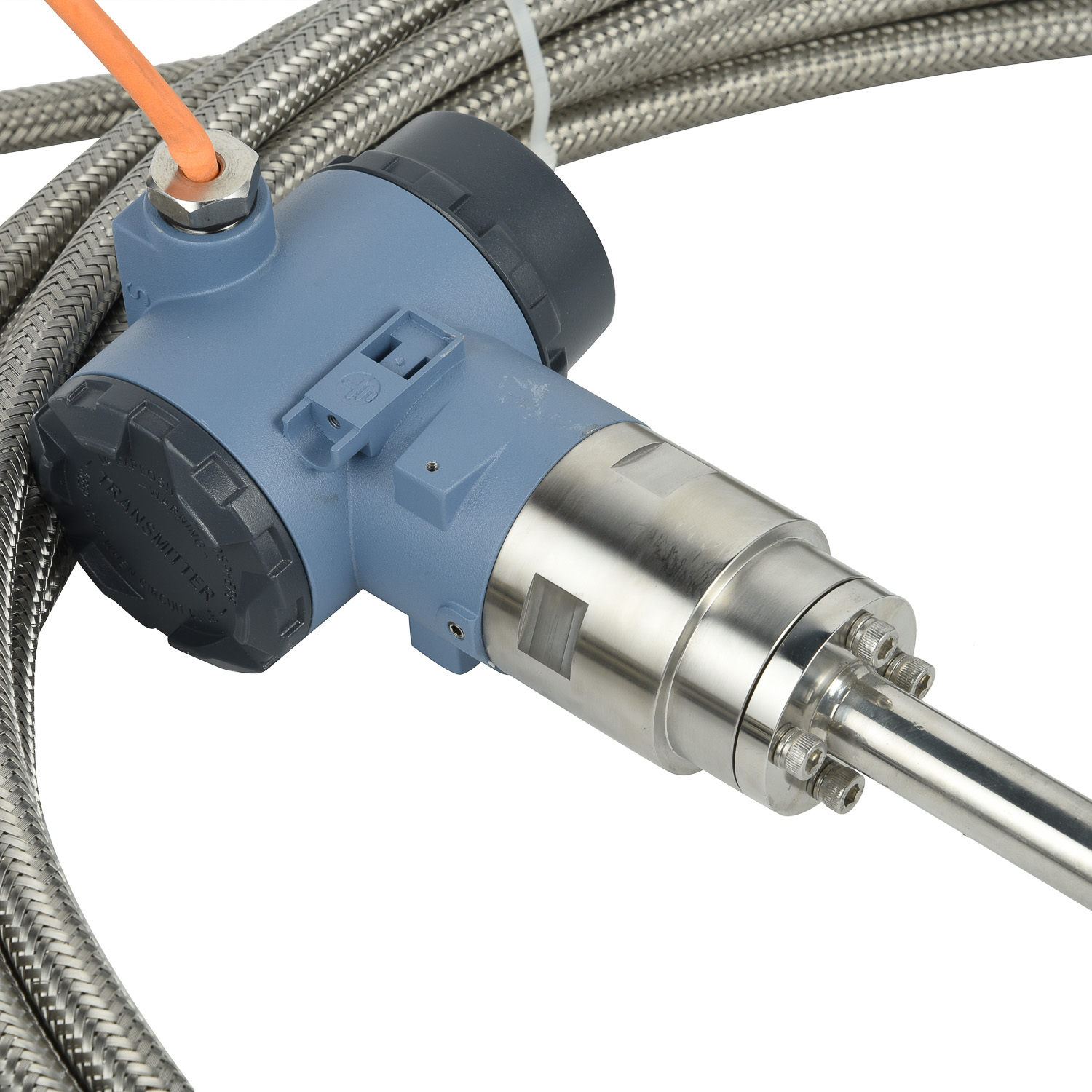 MagnetostrictiveLevelSensorfor
MagnetostrictiveLevelSensorfor
